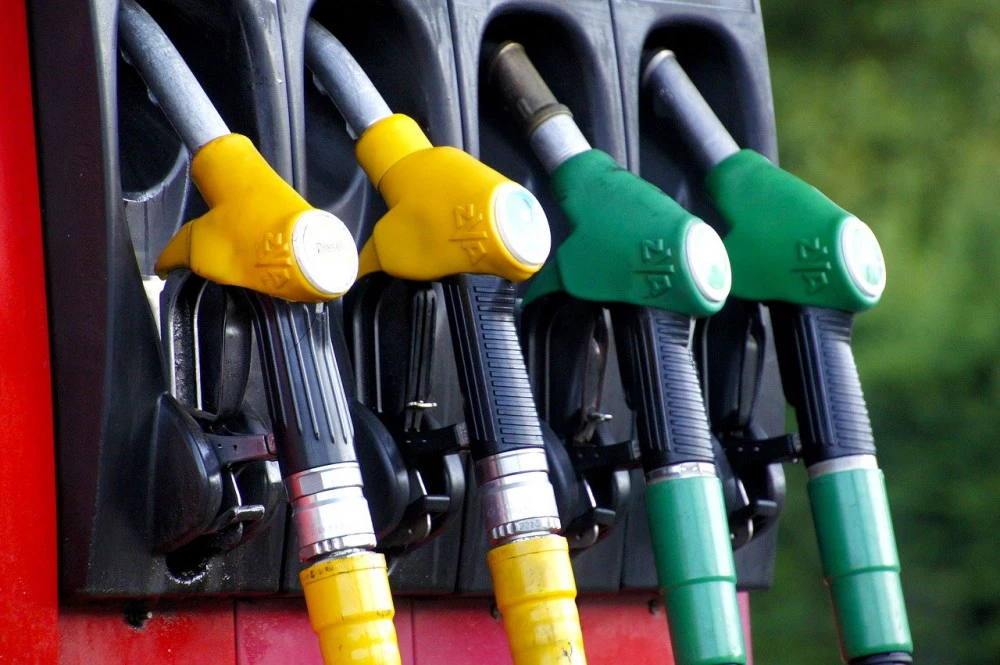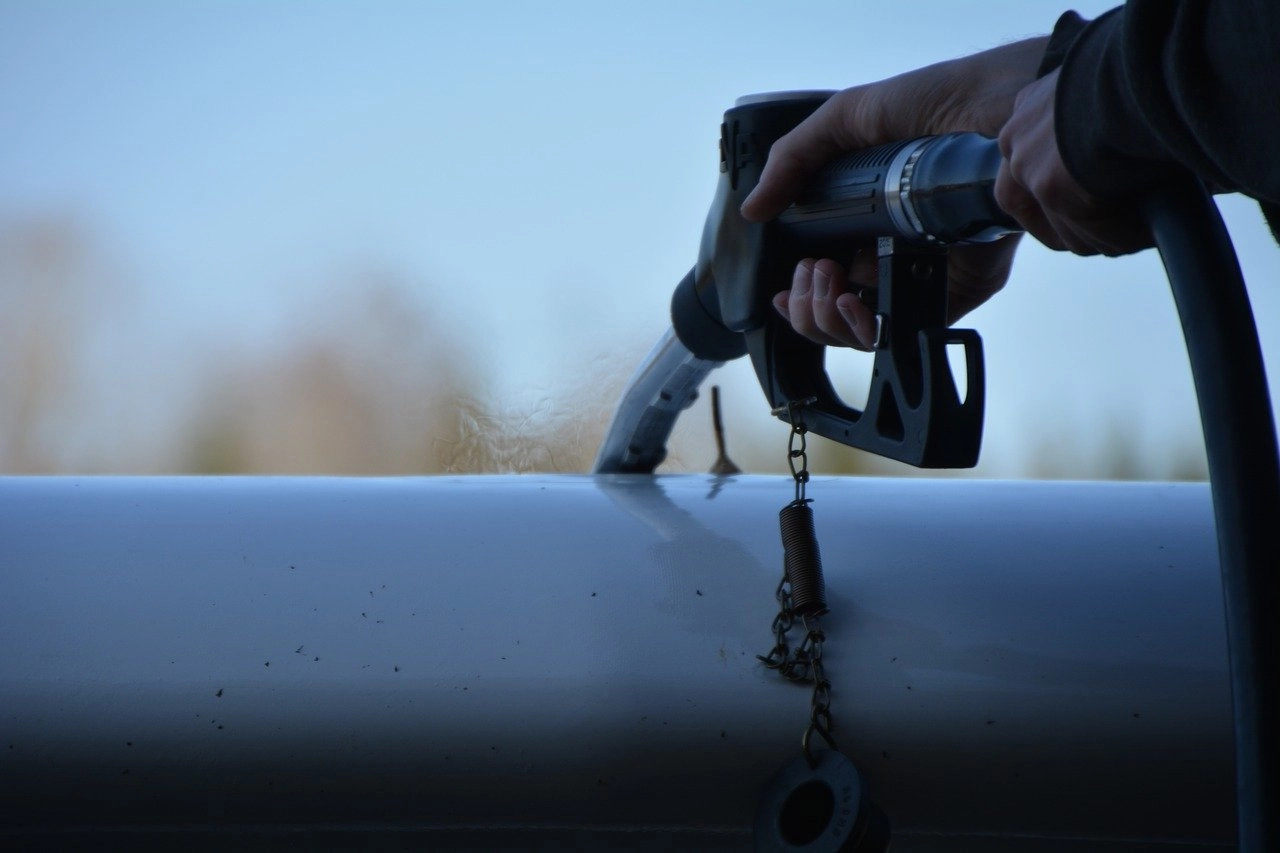7 Ways to Save Money on Gas
The price of gas has never been higher, and it doesn't look like it's going to get lower anytime soon. If you find yourself spending too much money on gas, you might want to consider these 7 tips to save money on gas. They will help you drive more efficiently, allowing you to spend less money on your daily commute, long road trips and overall gas expenses each month.
1. Choose the right car
The price of gas is going up, and it doesn't seem like it's ever going to go down. If you're trying to save money on gas—and looking for a way out of your car payment—your best bet might be a used car that gets great mileage. With new technologies like direct-injection engines and electric motors, used cars are getting more and more efficient. There are even hybrid vehicles available with sticker prices under $10,000. If you want to keep your monthly payments low while saving money on gas, consider buying a used car.
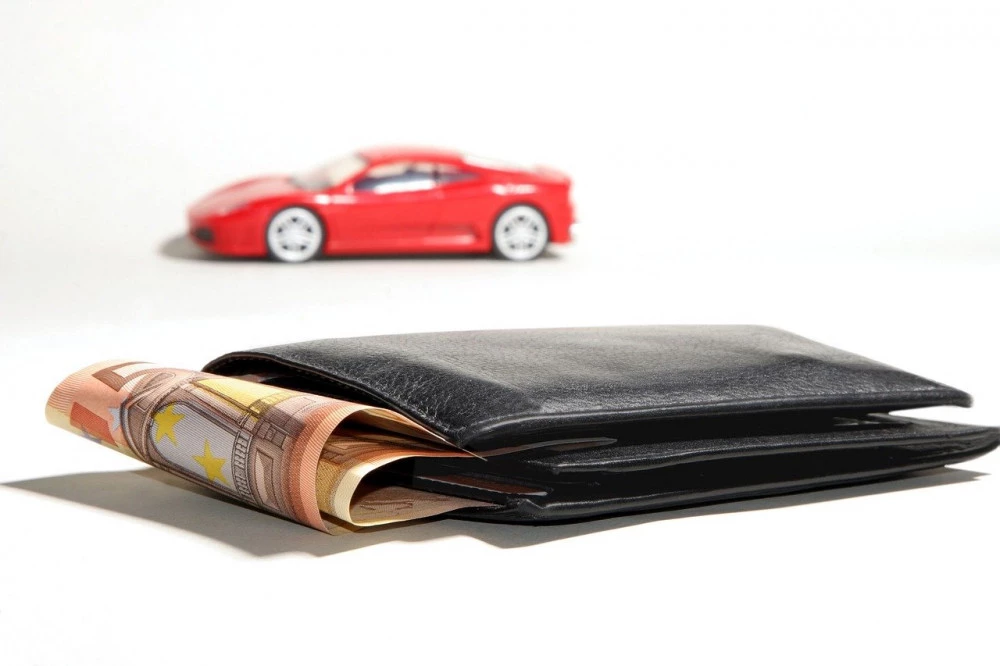
2. Change your tires
Potholes and other bumps along your drive can cause damage to your tires. If you want to save money on gas, it's a good idea to swap out your car's old tires for a new set. Not only will these new tires deliver better gas mileage—they'll also protect you from road hazards, ensuring fewer accidents and less damage. To make sure you're getting top dollar for your old tires, bring them into a shop to have them evaluated. You might be surprised at how much they could fetch!
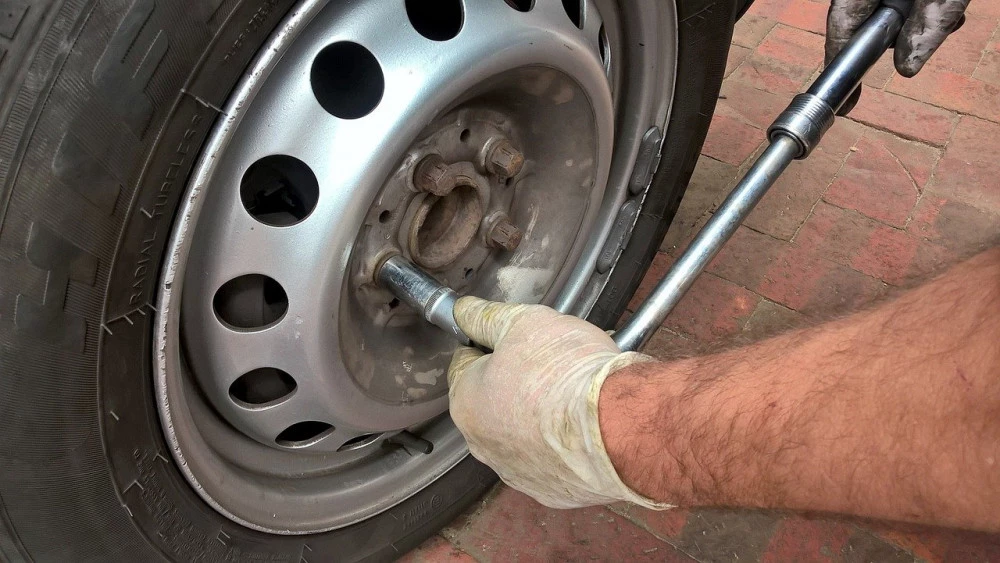
3. Get a tune-up
In addition to allowing you to drive with better gas mileage, you'll be able to drive for much longer without a fill-up. A tune-up will optimize your engine so that it runs more efficiently, meaning you spend less time at the pump. Plus, while a routine visit will set you back just $50 at most service stations, paying for repairs only kicks up your costs further. Talk about price gouging! Instead of waiting until something goes wrong, get your car checked out by a professional once every three months or 3,000 miles. That way, you can catch issues before they become expensive problems.

4. Check your tire pressure
The most important aspect of fuel economy is your tires. Keeping them properly inflated is essential to any vehicle's gas mileage. Look at your tire sidewall and you'll see a number that tells you how much air pressure should be in your tires. However, don't go by that number—your owner's manual will have recommended PSI (pounds per square inch) for more accurate inflation levels. If you happen to get a flat, never drive until it has been fixed! Driving with a low tire can cause damage to other parts of your car as well as lead to poor gas mileage. It may seem like an inconvenience now, but doing so could save you money in the long run.
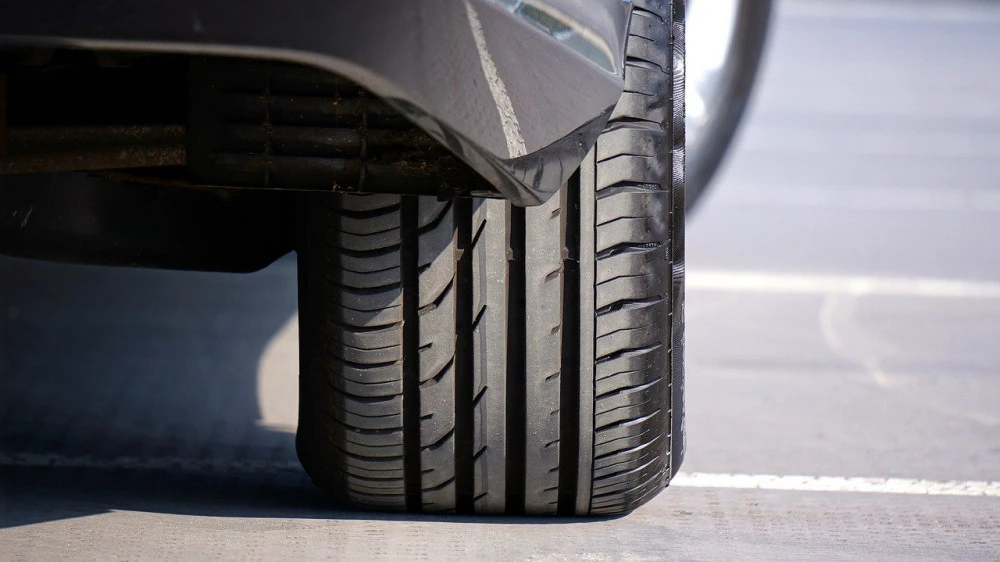
5. Slow down
The faster you drive, the more fuel you burn. Driving at higher speeds not only increases your fuel consumption, but it also makes other drivers nervous and can negatively impact traffic flow. If a road is safe enough for 80 miles per hour, slow down and take advantage of lower fuel prices by driving at a speed that makes sense. There's no need to rush; there's no such thing as being late when you arrive safely. You may find yourself saving money without even realizing it.
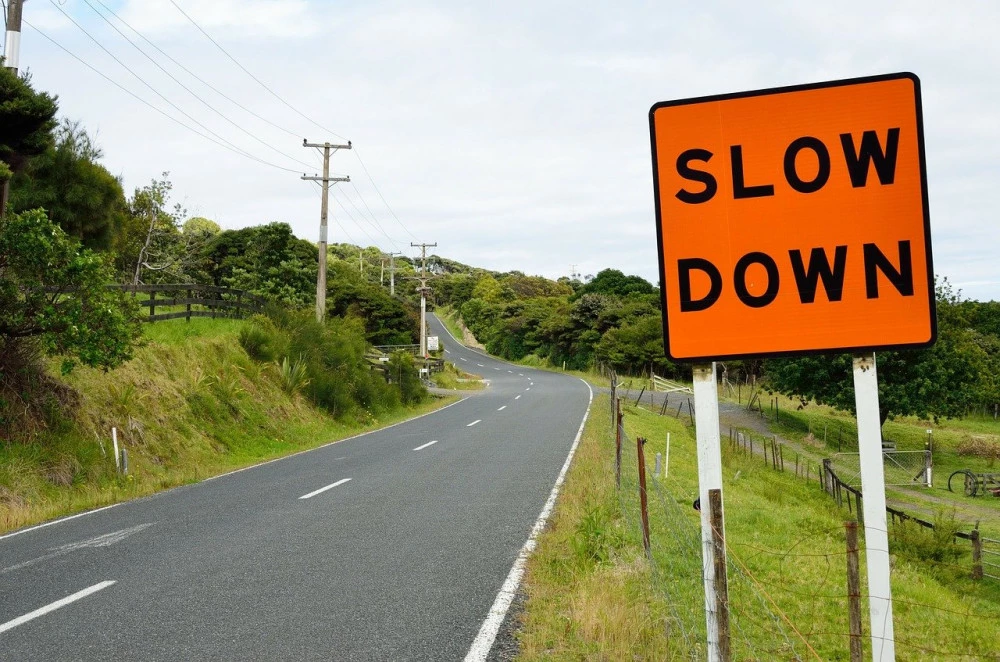
6. Use public transportation or carpool
You can save a lot of money by simply opting for public transportation instead of driving alone in your car. Additionally, when you do need to drive solo, try carpooling with a friend or family member whenever possible. Not only will you save money, but it's also an excellent way to spend time with people that you care about. If carpooling isn't for you, opt for more eco-friendly methods of transportation like biking or walking. Biking and walking are not only good for saving money, but they're also great ways to improve overall health and fitness.
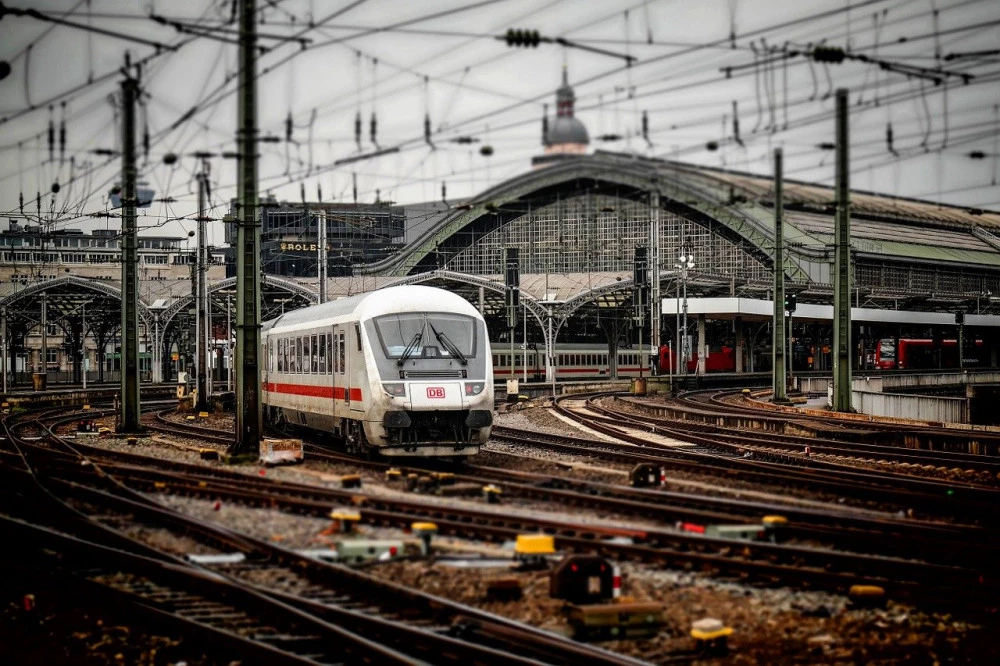
Since not everyone has access to these types of transportation options at their disposal, you might consider calling up your local city government office and asking if they offer any type of incentives (like discounted gas cards) for using alternative modes of transportation. In many cities across America, taking public transit is much cheaper than owning a vehicle—especially if you have multiple passengers traveling with you.
7. Try alternative fuels
If you drive a lot, there's no doubt that gas prices can really hurt your budget. With alternative fuels available like E85, bio-diesel and liquefied natural gas (LNG), you can help offset higher gas prices by using less expensive fuels. Be sure to consult with your local fuel provider before making any major changes. Alternative fuels might not be readily available in your area yet. You may also need to have certain modifications made to your vehicle for it to run properly on an alternative fuel source.
